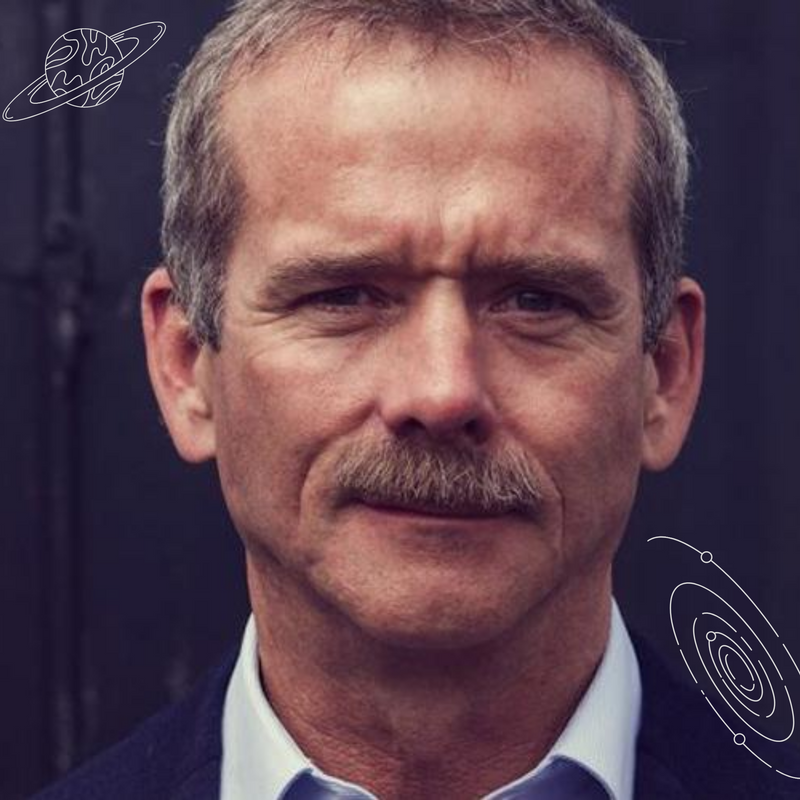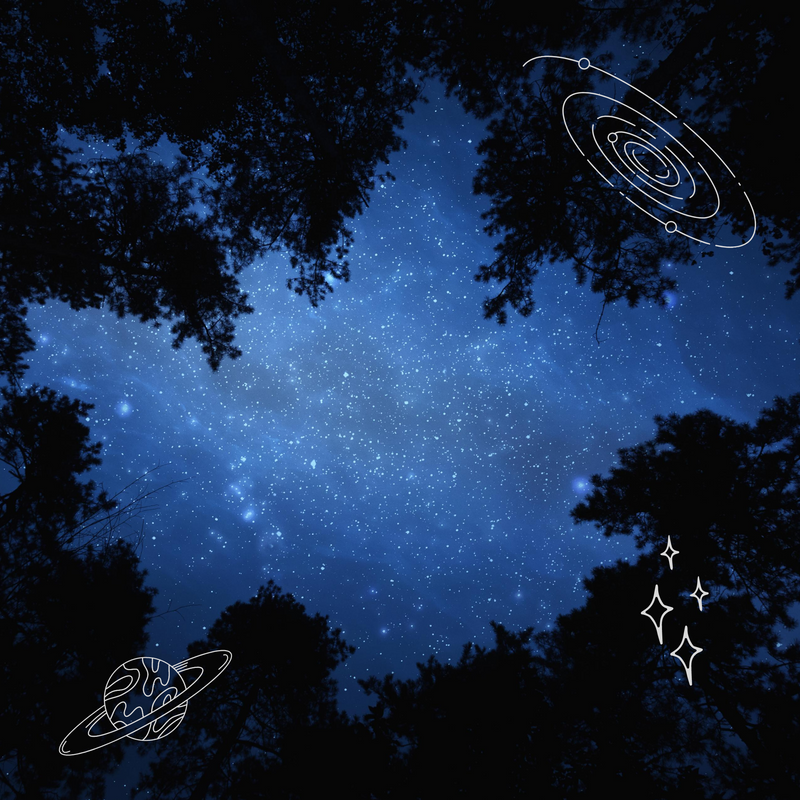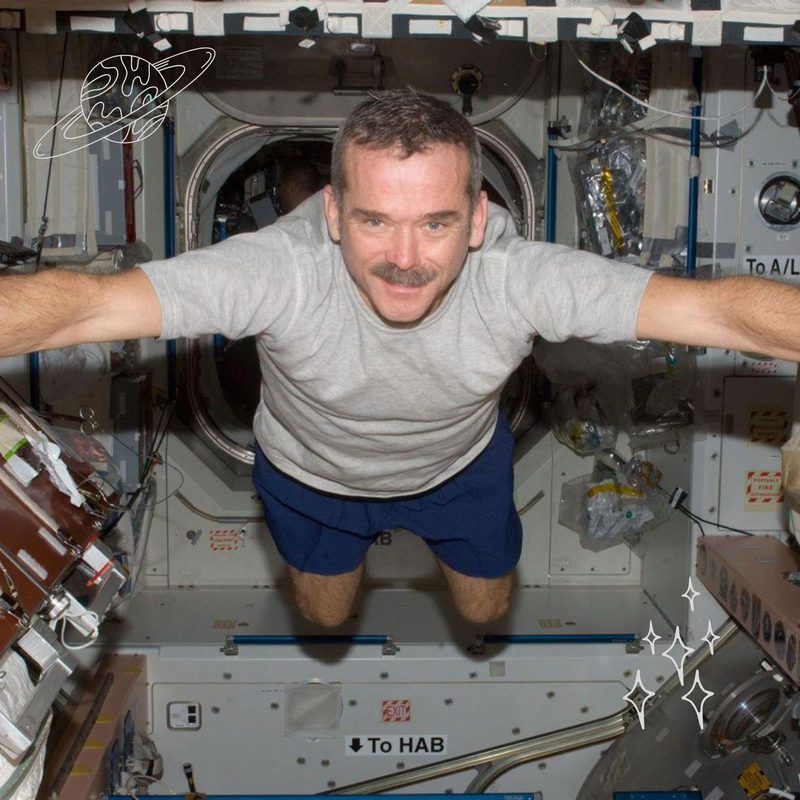
This logo isn't an ad or affiliate link. It's an organization that shares in our mission, and empowered the authors to share their insights in Byte form.
Rumie vets Bytes for compliance with our
Standards.
The organization is responsible for the completeness and reliability of the content.
Learn more
about how Rumie works with partners.

Education laid the foundation for my career as an Astronaut Commander for CSA and NASA.
But it's curiosity that drove me to leave the corn farm I grew up on, get that education, and become the first Canadian to walk in space.
But why did this curiosity drive me to new heights, when for so many others, curiosity leads them down an aimless internet wormhole - spending hours on Youtube or Wikipedia, or fizzles out completely?
The difference is whether curiosity is open or organized.
Did you know?
What's Open Curiosity?
Open curiosity is the initial spark of interest in something new.
You see something in the sky and wonder what it is.

Or try a new dish and are intrigued by the smells and tastes.
You might investigate it for a short time. You do a Google search, or ask a question.
But open curiosity has no structure.
There's no clear route for what you should do next. So the spark of curiosity fizzles out, and you move on.
A Spark Needs Structure
Niko is interested in space.
If Niko's parents dropped him off at the gates of Harvard and said "Go for it Niko, learn about space!" he wouldn't have a hope.

He has a spark of curiosity, but being close to Harvard's resources still wouldn't give Niko the structure he needs to really dive into this topic. Unorganized information is overwhelming.
Niko needs structure to build understanding in a logical, progressive, and digestible way.
What's Structured Curiosity?
Think of a teacher's lesson plan, or the scientific method.

Both approaches break down what could be endless information on a topic into a structured plan that is logical, progressive, and digestible.
Logical: the approach makes sense. You choose resources that relate to your curiosity.
Progressive: the approach flows in a logical way. You learn the basics first.
Digestible: You bite off as much as you can chew. You read a first chapter, not a whole textbook.
This structure is how we nurture a seed of curiosity.
Nurturing Curiosity
Leanne is curious about eating healthier.
She Googles "healthy eating" and reads a few short blog posts from health enthusiasts, and watches a Youtube video about macronutrients and protein supplements. Some of the sources have conflicting information and follow different schools of thought. A lot of the terms used in the videos are unfamiliar to her.
After about an hour, Leanne logs off and continues with her day.

Quiz
How could Leanne nurture her curiosity through structure?
All of these approaches will help Leanne to structure her curiosity in a way that is logical, progressive, and digestible. Instead of starting with EVERYTHING, these approaches will help her follow her curiosity and build a meaningful understanding of the topic.
Take Action
What are you curious about?
Nurture this seed with structure, and it can sprout new opportunities and avenues of learning.
And who knows, maybe your curiosity will take you to the stars, like mine did.

This Byte has been authored by
Chris Hadfield
Canadian Astronaut, Commander